Tesla has finally delivered on the long-anticipated promise of affordable electric vehicles, introducing two brand new trims for the 2026 Tesla Model 3 and Model Y. These refreshed base versions come at competitive price points, but that raises a crucial question: What features did Tesla remove to make them cheaper—and are they still worth it?
Let’s dive deep into every change, cut, and surprise Tesla packed into these new models and evaluate whether the trade-offs are acceptable in today’s competitive EV market.
Tesla’s Strategic Timing and the Tax Credit Shakeup
Tesla’s timing was no coincidence. The release of the new standard trims lines up with the expiration of the $7,500 U.S. federal EV tax credit, which has made Tesla’s vehicles effectively more expensive overnight.
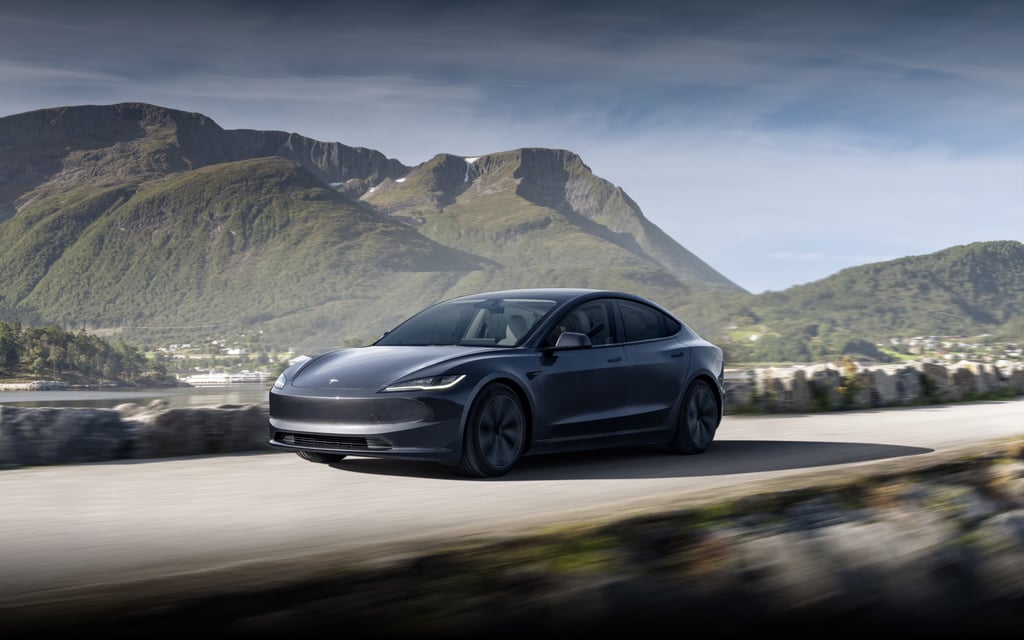
In response, Tesla rolled out more affordable models:
- Model Y Standard: Starts at $39,990
- Model Y Premium: $44,990 (RWD), $48,990 (AWD)
- Model Y Performance: $57,490
- Model 3 Standard: Starts at just $36,990
This pricing strategy clearly aims to offset the loss of the tax credit by providing a more budget-friendly EV option.
Range and Battery Efficiency—Still Strong
One of the biggest concerns with cheaper EVs is the driving range. Thankfully, Tesla didn’t compromise here.
Model Y Standard Range
- 321 miles of EPA-estimated range
- 69.5 kWh usable battery capacity (vs. ~80 kWh in Premium)
- 225 kW peak charging speed (down from 250 kW)
- Adds 165 miles in 15 minutes at a Supercharger
Despite a smaller battery, Tesla’s efficiency improvements keep the range identical to previous AWD versions.
Model 3 Standard Range
- Also rated for 321 miles
- Same 69.5 kWh battery
- 0–60 mph in 5.8 seconds (a full second faster than the Y)
The Model 3 might be the better deal here: it’s faster, has the same range, and costs $3,000 less.
What Did Tesla Remove to Hit These Prices?
Tesla didn’t just cut prices—they made a series of feature removals and material changes. Let’s go over what’s missing.
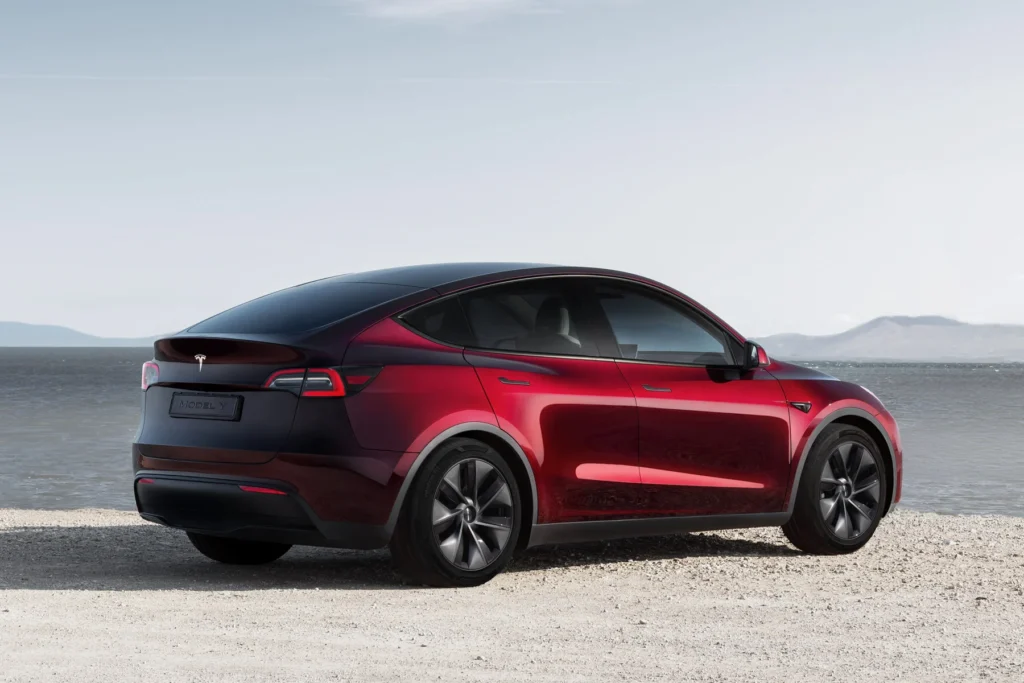
Exterior Changes
- Light bars removed from front and rear
- Fewer color options:
- Stealth Gray (free)
- Pearl White ($1,000)
- Diamond Black ($1,500)
- New 18-inch “Prismata” wheels with ultra-low rolling resistance
- No matrix LED headlights
- Glass roof is now opaque from inside on the Model Y
- It’s covered with fabric for better noise reduction and HVAC performance
- Manual folding mirrors (not automatic)
Interior Cuts
- No rear touchscreen on Model Y
- No ventilated seats
- Seats now cloth + vegan leather combo, not full synthetic leather
- Open-concept center console (Cybertruck-style), more space but less storage
- Seat adjustments now on the touchscreen:
- 10-way for driver
- 4-way for passenger
- Manual steering wheel adjustment
- Manual second-row seat folding
- No ambient lighting (only footwell and door pocket lighting)
- No HEPA filter
- No AM/FM radio
- 7-speaker sound system, no subwoofer (vs. 15 in premium)
Under the Hood
- Frunk is not waterproof and has no drainage system
- Plastic feels cheaper, according to early reviews
- Suspension is multi-link, similar to pre-2025 Model Y, but less comfortable
- No active air suspension, unlike some other trims
Driving Tech and Software
Autopilot—Gone From Base Models
A big surprise (and for many, a disappointment): the new trims do not include Autopilot.
- Standard: Only adaptive cruise control
- No Enhanced Autopilot or Autosteer
- You can purchase Full Self-Driving (FSD) for $8,000, but there’s no middle-tier option
Interestingly, the hardware is still there—these cars have Tesla Hardware 4. It’s purely a software lockout.
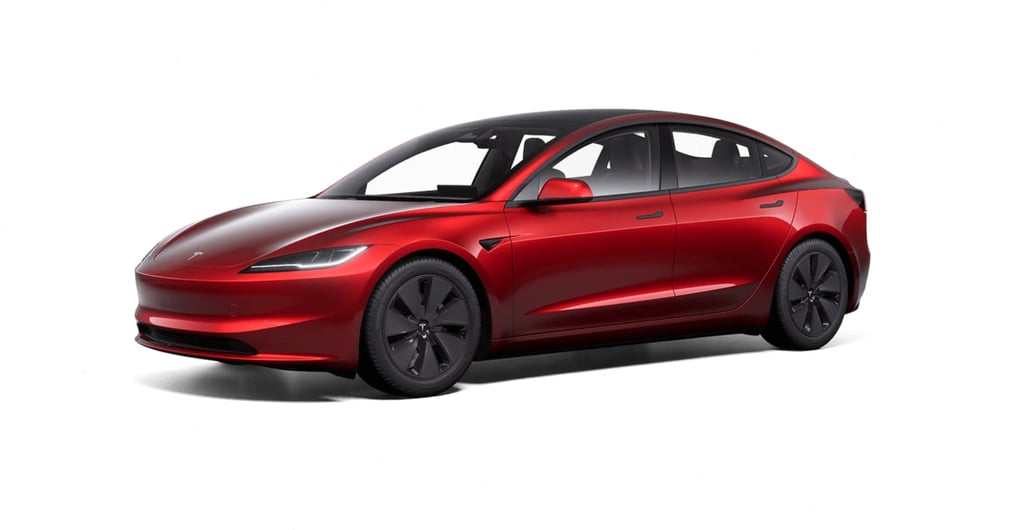
Cameras and Visibility
- 8 exterior cameras including front bumper cam with washer
- Blind spot camera support
- No 360-degree camera system
- No rear screen (Model Y), which used to show HVAC or entertainment options for passengers
Performance and Practicality
Even with all the cuts, these Teslas still deliver solid performance and everyday utility.
Model Y Standard
- 0–60 mph in 6.6 seconds
- Top speed: ~135 mph
- Towing capacity: 3,500 lbs (tow hitch is $1,000 add-on)
- Cargo space: 75 cu ft (just 1 cu ft less than Premium)
- Ground clearance: 6.4 in (vs. 6.6 in Premium)
- Curb weight: 4,661 lbs (123 lbs lighter than Premium RWD)
Model 3 Standard
- Faster acceleration: 0–60 mph in 5.8 seconds
- Maintains the glass roof with visibility from inside
- More traditional sedan layout
- Tempered glass on rear doors and acoustic glass on front
- Interior unchanged compared to 2025 version (no open console)
Are These Still “Tesla” Enough?
While Tesla has removed many comfort and luxury features, they’ve managed to retain the essence of what makes a Tesla appealing:
- Great range
- Fast acceleration
- Sleek design
- Access to Tesla’s Supercharger network
- Integrated software ecosystem with Grok AI, Sentry Mode, Dog Mode, etc.
These trims may lack some polish, but they still feel like cutting-edge electric cars.
Pricing in Context
In today’s market, the average new car price in the U.S. is around $49,000. Compared to that:
- The Model 3 Standard is over $12,000 cheaper
- The Model Y Standard is $9,000 cheaper
Let’s take a look back: In 2006, Elon Musk claimed Tesla would one day make a $30,000 EV. Adjusted for inflation, the $36,990 price in 2025 equals roughly $23,000 in 2006 dollars. So in a way, Tesla has over-delivered—just not in the timeline people expected.
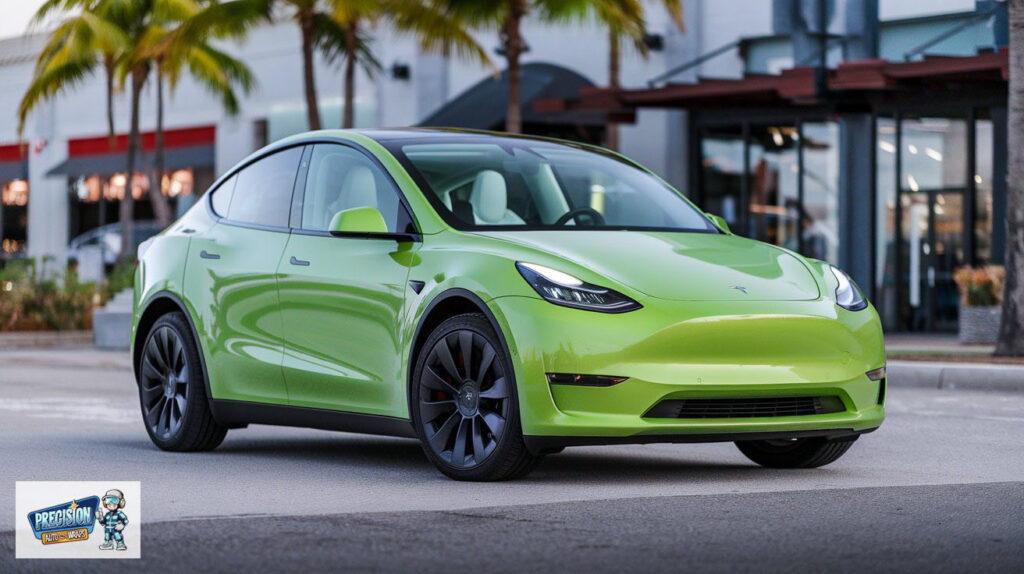
Global Availability and Production Plans
- These new models are available to order now in the United States.
- Model Y Standard is expected to launch in Europe soon, according to Gigafactory Berlin insiders.
- Giga Shanghai may begin producing the Model 3 Standard for European markets soon.
If Tesla scales manufacturing efficiently, these could become global best-sellers.
Final Thoughts—Deal or Dud?
Tesla has undoubtedly made strategic trade-offs with the new Model 3 and Y standard trims. For many buyers, these base versions will hit the sweet spot between price and functionality. Yes, you lose a lot of niceties, but you still get:
- Excellent EV range
- Fast charging
- Fun driving dynamics
- Access to Tesla’s software suite
The Model 3 Standard especially shines as possibly the best-value EV on the market today.
Should You Buy One?
If you’re looking for a cost-effective entry into the Tesla ecosystem, and you’re okay with fewer creature comforts, the 2026 Model 3 and Model Y Standard trims are very compelling.
Pros:
- Competitive pricing
- Top-tier range
- Core Tesla features remain
- Same self-driving hardware (just locked)
Cons:
- Autopilot not included
- No premium sound or HVAC filters
- No glass roof visibility on Model Y
- Some manual controls feel dated
FAQs
1. What is the starting price of the 2026 Tesla Model Y Standard?
The 2026 Tesla Model Y Standard starts at $39,990 in the United States.
2. How much does the 2026 Tesla Model 3 Standard cost?
The Model 3 Standard starts at $36,990, making it Tesla’s most affordable new vehicle offering.
3. What is the range of the new Tesla Model 3 and Y Standard trims?
Both the Model 3 Standard and Model Y Standard offer an impressive 321 miles of range on a full charge, thanks to Tesla’s efficiency-focused design.
4. What features are missing from the new Model Y Standard?
Key missing features include:
- No Autopilot
- Opaque glass roof (not visible from inside)
- No ventilated seats, rear screen, matrix LEDs, or ambient lighting
- Manual seat adjustments, manual folding mirrors, and a simplified sound system
5. Does the Model 3 Standard keep the see-through glass roof?
Yes, unlike the Model Y, the Model 3 Standard retains its transparent panoramic glass roof for improved cabin aesthetics and headroom.
6. Can you still get Full Self-Driving on the base Model 3 and Y?
Yes, Full Self-Driving (FSD) can be purchased as a $8,000 software upgrade, and both vehicles come equipped with the necessary Hardware 4 to support it.
7. What is the acceleration from 0–60 mph on the standard trims?
- Model Y Standard: 0–60 mph in 6.6 seconds
- Model 3 Standard: 0–60 mph in 5.8 seconds
8. Are the new Tesla standard trims eligible for the federal EV tax credit?
As of now, the federal $7,500 EV tax credit has expired for Tesla vehicles. The release of these models appears timed to offer lower prices in place of that incentive.
9. What kind of charging speed do the new trims support?
The standard trims support peak charging up to 225 kW, which can add 165 miles in just 15 minutes using a Tesla Supercharger.
10. Do the new standard trims have Tesla’s signature infotainment system?
Yes! You still get the full 15.4-inch center touchscreen with access to:
- Tesla Arcade games
- Streaming apps
- Grok AI assistant
- Sentry Mode, Dog Mode, Camp Mode, and more
11. Are there differences in sound systems between standard and premium trims?
Yes, the Standard trims come with 7 speakers and no subwoofer, while the Premium trims include 15 speakers and more immersive audio.
12. What are the available color options for the Model Y and Model 3 Standard?
There are three colors:
- Stealth Gray (free)
- Pearl White Multi-Coat ($1,000)
- Diamond Black ($1,500)
13. Can the Model Y Standard still tow?
Yes, the Model Y Standard has a towing capacity of 3,500 lbs, but you’ll need to add a tow hitch for $1,000.
14. Are the rear seats and mirrors manual or powered?
In the Standard trims:
- Second-row seats fold manually
- Side mirrors fold manually, although adjustments can be made via the touchscreen.
15. Is the Model 3 or Model Y Standard a better value?
Both offer great value, but the Model 3 Standard may be the better deal due to its:
- Lower price
- Faster acceleration
- Transparent glass roof
- Slightly more premium interior feel
Read More:
- Tesla Cybertruck’s Full Self-Driving update is ‘coming soon’
- Stifel raises Tesla price target by 9.8% over FSD, Robotaxi advancements
- Nvidia CEO Jensen Huang regrets not investing more in Elon Musk’s xAI
- Tesla Full Self-Driving v14.1 first impressions: Robotaxi-like features arrive
- Tesla will let you bring back this removed Model 3 part for a price

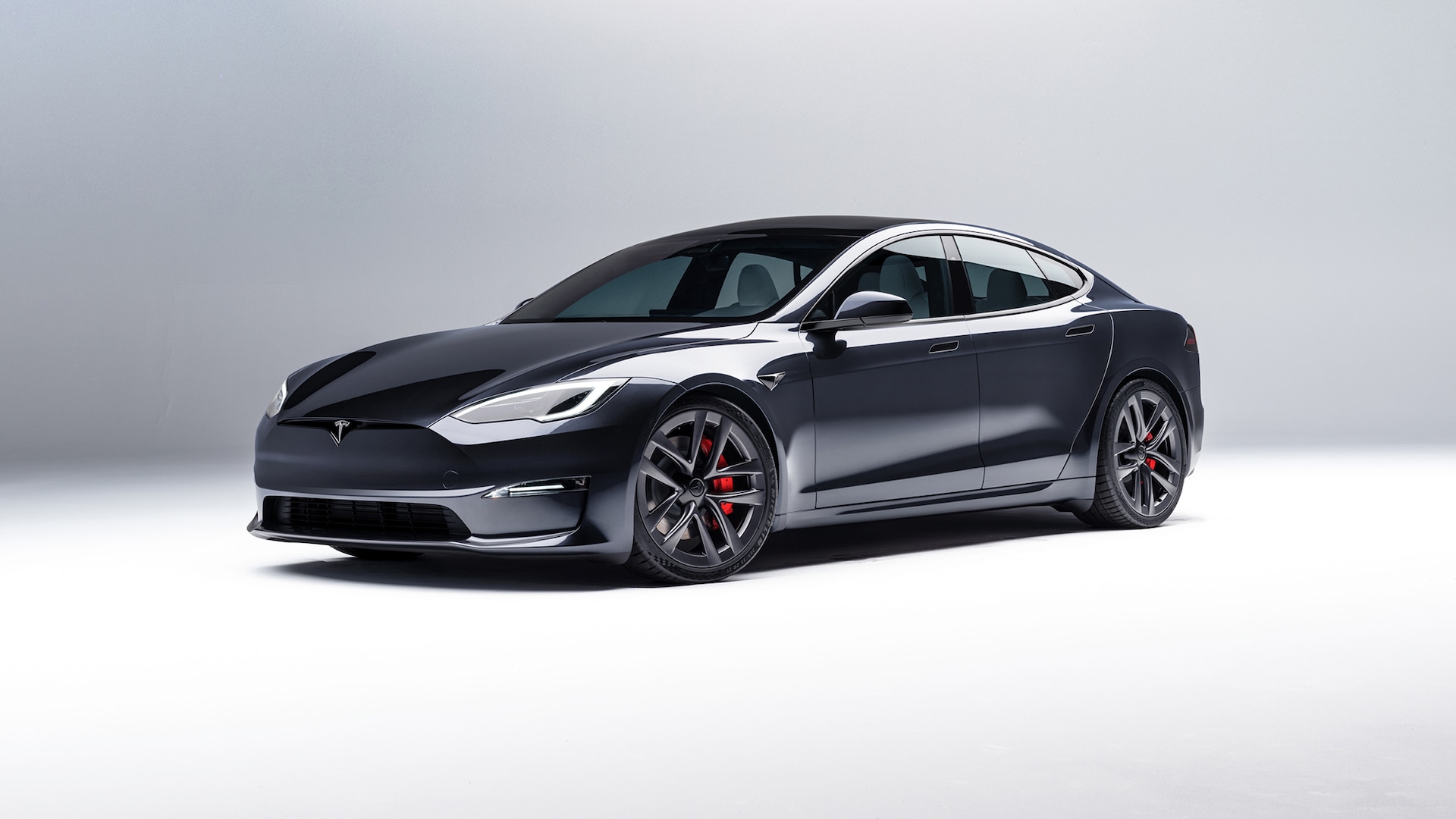
1 thought on “The New 2026 Tesla Model 3 and Y are HERE”